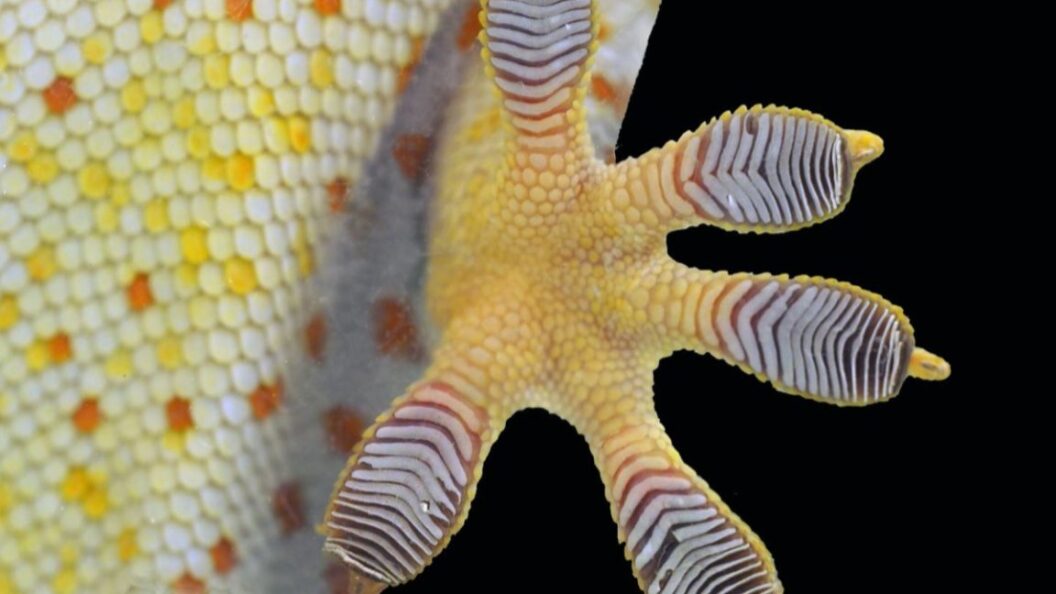Innovative Anti-Slip Technology Inspired by Nature
Recent research has unveiled a groundbreaking anti-slip material that could significantly reduce the dangers associated with slips and falls. A team led by Vipin Richhariya at the University of Minho in Portugal has taken inspiration from the natural world, particularly the unique properties of gecko and toad feet, to develop a new solution aimed at combating slip-related accidents.
Addressing a Global Safety Issue
According to the World Health Organization (WHO), approximately 684,000 people die and 38 million are injured globally each year due to slips and falls. The accompanying healthcare costs are substantial, necessitating innovative solutions to enhance safety in slippery conditions. Traditional anti-slip products—such as crampons, studs, and specialized tread materials—tend to be limited in effectiveness and often show diminished performance on wet ice, which poses a unique challenge due to its nanoscale quasi-liquid layer (QLL) that increases slipperiness.
Nature’s Solution: Gecko Toe Pads
Richhariya and his co-authors focused on the hydrophilic capillary-enhanced adhesion exhibited by gecko and toad foot pads. These creatures have developed sophisticated mechanisms for gripping surfaces, even when wet, and this natural adaptation inspired the development of new synthetic polymers.
To replicate these properties in their materials, the researchers incorporated zirconia nanoparticles into silicone rubber polymers. Zirconia has the unique ability to attract water molecules, enhancing grip on wet surfaces. Once the material was created, it was rolled into a thin film, hardened, and a laser was used to etch groove patterns onto the surface, forming micro caverns that expose the zirconia nanoparticles and amplify the material’s hydrophilic characteristics.
Testing the New Material
The research team conducted extensive testing using infrared spectroscopy and simulated friction tests. They found that samples containing 3% and 5% zirconia nanoparticles displayed the highest resistance to slipping. In their findings, the authors assert that this optimized composite could fundamentally alter the dynamics of slip-and-fall accidents, offering a nature-inspired solution to this pervasive safety issue.
Potential Applications Beyond Safety Gear
Beyond its potential use in anti-slip applications, the research suggests that the new material could also have wider implications in fields such as medical technology. For instance, it may be suitable for creating electronic skin, artificial skin, or enhancing wound healing processes due to its unique properties and adaptability.
Conclusion: A Step Toward Safer Environments
This innovative research represents an important advancement in the quest for safer environments, particularly in areas prone to moisture-related slips. Given the alarming statistics surrounding slip and fall incidents, the introduction of this nature-inspired, effective anti-slip material could significantly impact public safety. As further testing and development proceed, this technology promises to provide a more effective alternative to traditional solutions, potentially saving lives and reducing injuries across various sectors. The integration of natural principles into modern materials science highlights the ongoing need for environmentally inspired innovations that address real-world challenges.









